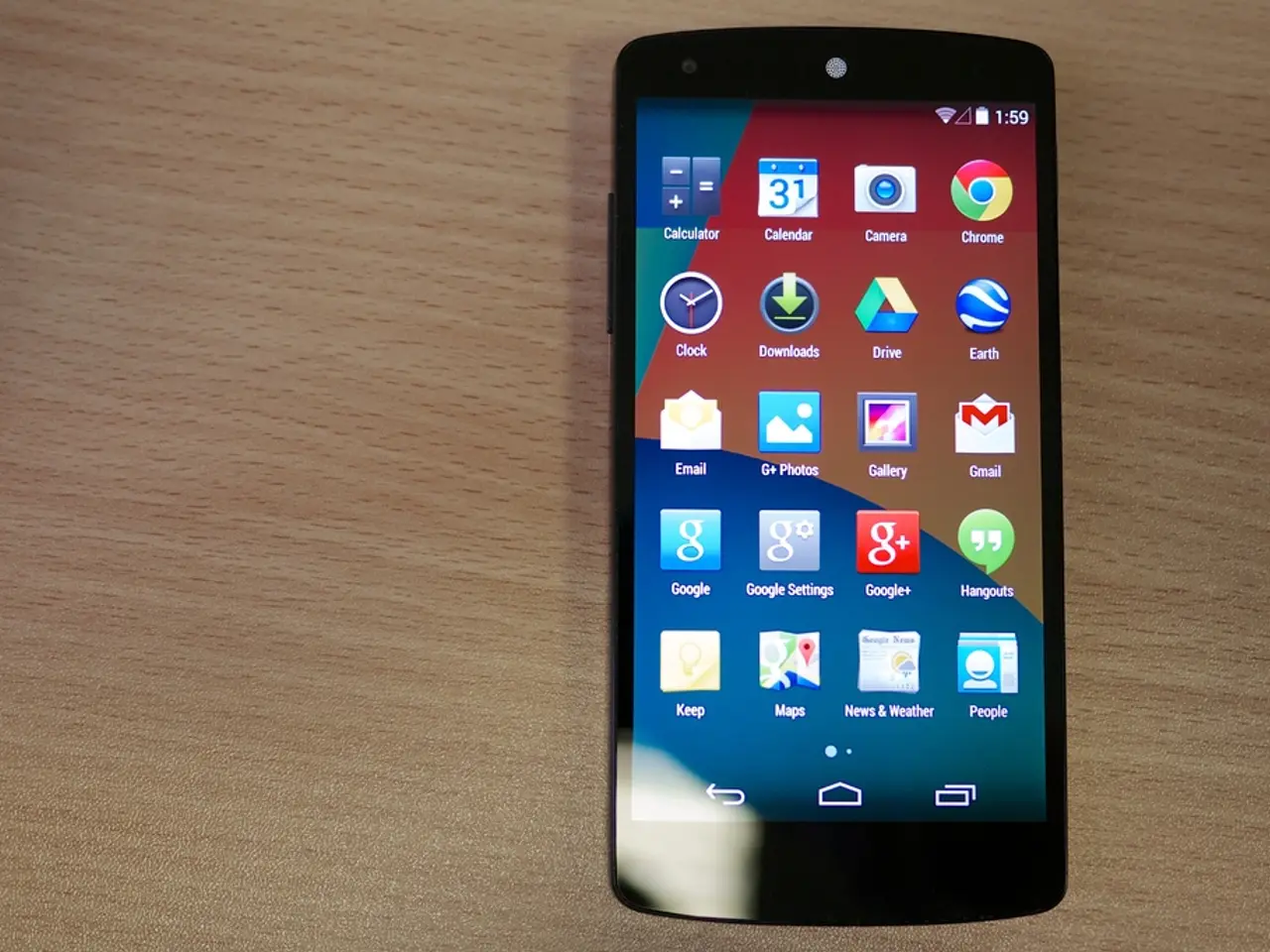Ripple's Chief Technical Officer Addresses Allegations Regarding XRP Initial Coin Offering and Centralization within Ledger
=======================================================================
In contrast to projects like Ethereum, Ripple's XRP did not conduct an Initial Coin Offering (ICO) for its digital asset. Instead, all 100 billion XRP tokens were created at the launch of the XRP Ledger in 2012 and placed into a genesis account, with no public sale or capital raise involved. The founders retained 20% of the total supply, while 80% was allocated to Ripple Inc. (originally named OpenCoin).
The XRP Ledger started with the entire XRP supply pre-mined, meaning no mining occurred later. The XRP Ledger was designed as a decentralized blockchain network from the beginning, allowing anyone to run a validator node. Currently, the network is supported by over 1,000 nodes and more than 100 validators run by independent entities, not controlled by Ripple.
The XRP Ledger remains operational and decentralized, primarily used for fast and low-cost cross-border payments. Despite regulatory challenges and controversies, XRP continues to be actively traded and integrated with Ripple’s partnerships worldwide.
The network's decentralization is a key aspect that sets XRP apart. Unlike Ethereum, which sold tokens to early backers in return for Bitcoin, XRP's launch was more transparent, as it didn't require capital from the public. This transparency remains a cornerstone of the XRP Ledger, with regular updates through amendments and built-in decentralized exchange and tokenization capabilities.
Moreover, Ripple Payments, Ripple's payment system, continues to function on the XRP Ledger, not just Ethereum. This versatility allows for a wide range of applications and partnerships, contributing to the network's liquidity and ongoing development.
In summary, XRP's token generation differed fundamentally from typical ICO models, and its network maintains decentralization as per recent technical affirmations. The XRP Ledger continues to be a vibrant and active blockchain network, powering fast and efficient cross-border payments and liquidity solutions.
| Aspect | Details | |----------------------------|-------------------------------------------------------------------------------------------| | ICO | No ICO was conducted for XRP. | | Token issuance | 100 billion XRP pre-mined at ledger genesis in 2012, allocated to founders and Ripple Inc.| | Network status | Decentralized with over 1,000 nodes and 100+ independent validators. | | Current use | Fast cross-border payments and liquidity solutions; XRP trading actively ongoing. | | Decentralized Exchange | Built-in decentralized exchange and tokenization capabilities. | | Payment Systems | Ripple Payments continue to function on the XRP Ledger, not just Ethereum. |
- Although the crypto project Ethereum relied on an Initial Coin Offering (ICO) to fund its digital assets, Ripple's XRP takes a different approach, starting with the entire 100 billion tokens pre-mined and not involving a public sale or capital raise.
- In contrast to some cryptocurrencies, the XRP Ledger operates on a decentralized blockchain network from its inception, wherein independent entities control over 100 validators and more than 1,000 nodes.
- Notably, Ripple Payments, a key part of the XRP Ledger network, supports various applications and partnerships, positioning XRP as a cryptocurrency used for fast, low-cost cross-border payments and liquidity solutions.



